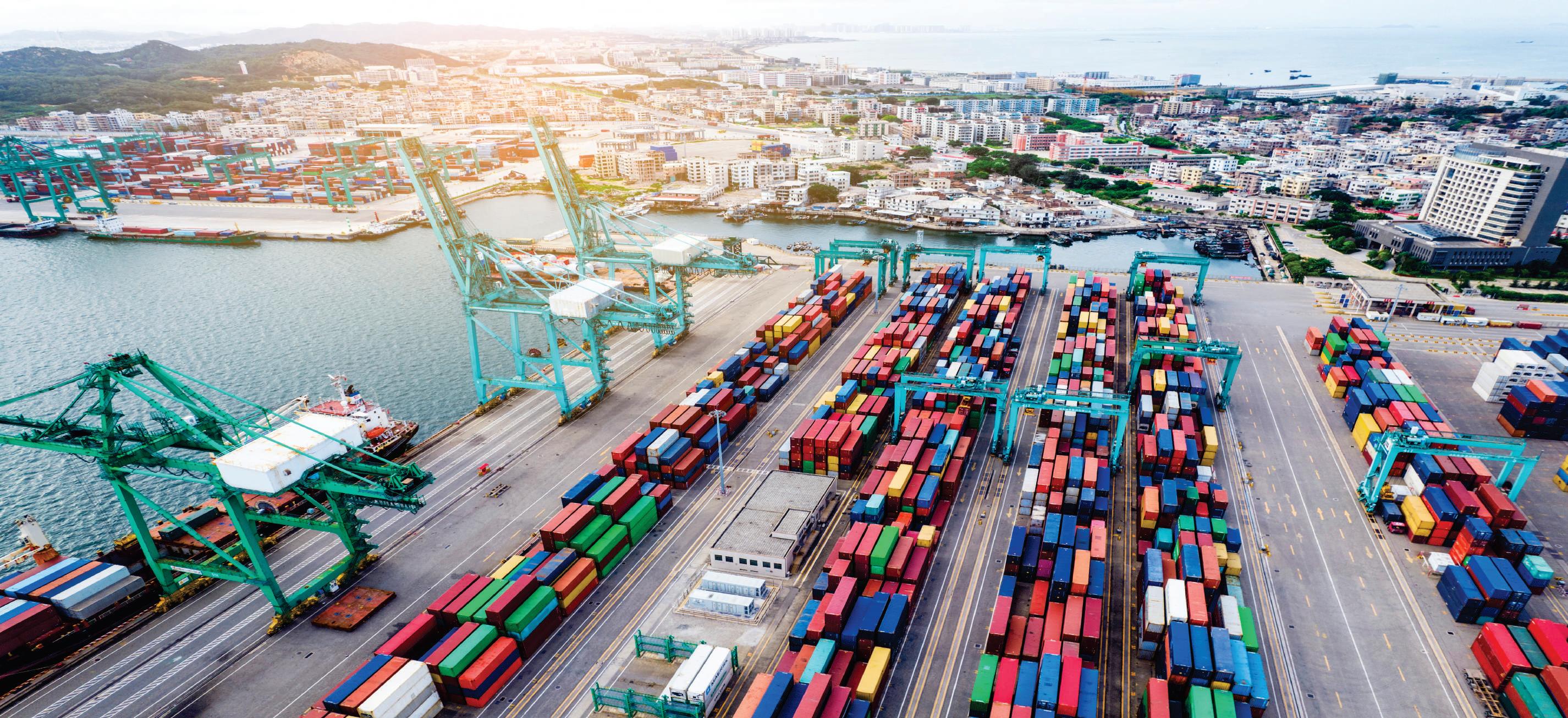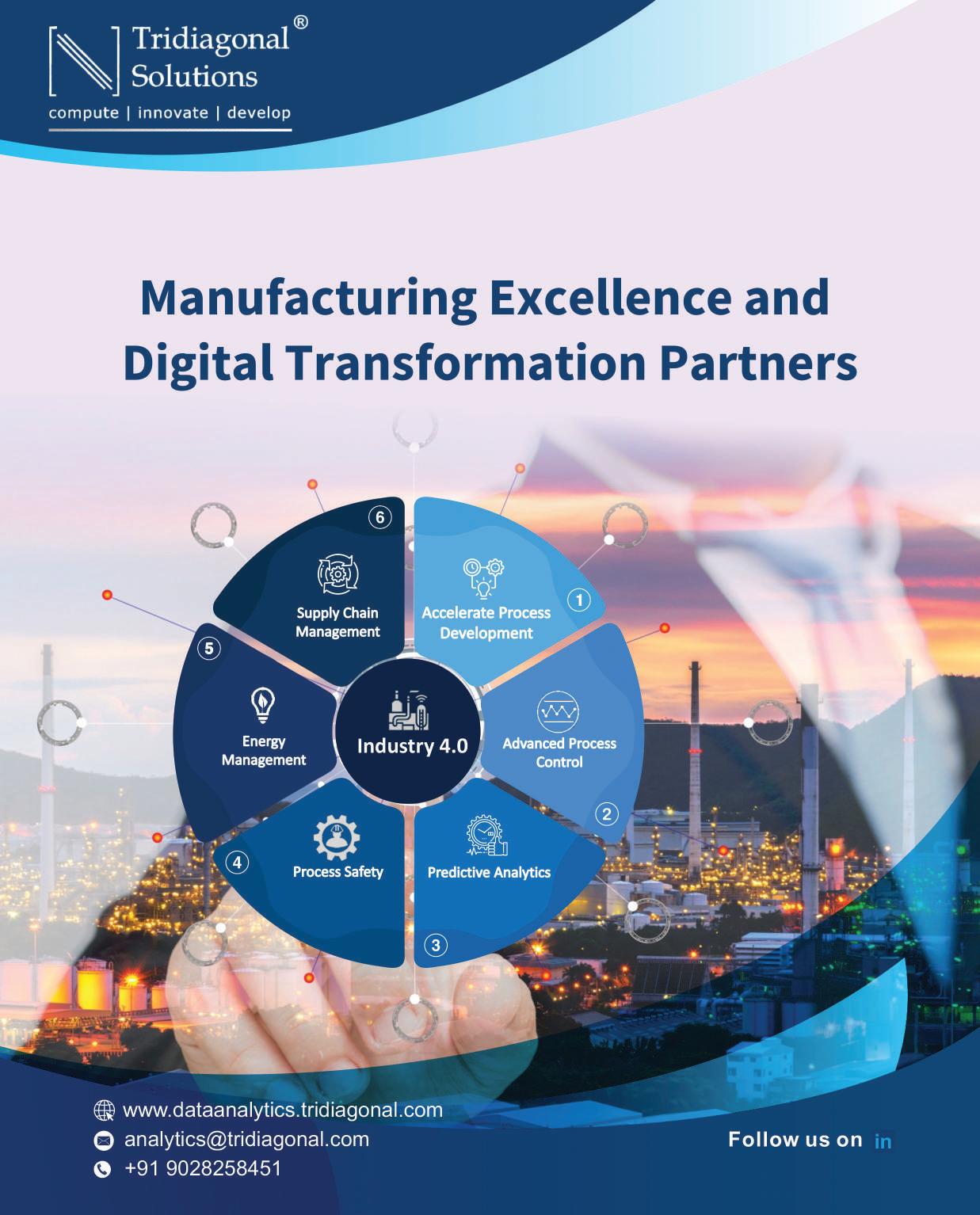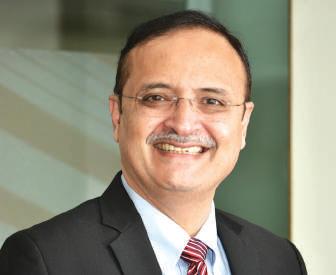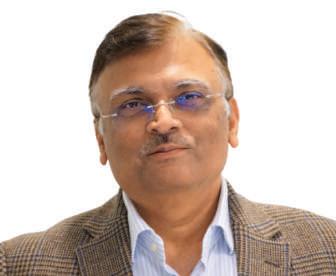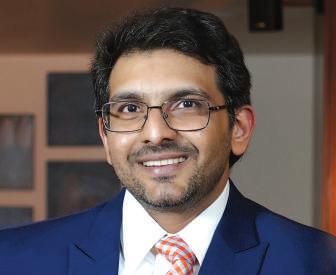[ 98 ]
|
COLUMN
CARBON DIOXIDE REFINERIES OF FUTURE AND NET ZERO GOAL The utilization of CO2 as a feedstock for producing chemicals not only contributes to alleviating global climate changes caused by the increasing CO2 emissions but also provides a grand challenge in exploring new concepts and opportunities for catalytic and industrial development
T PROF. GANAPATI D. YADAV EMERITUS PROFESSOR OF EMINENCE AND FORMER VICE CHANCELLOR INSTITUTE OF CHEMICAL TECHNOLOGY MUMBAI
he refiners in the future will use carbon dioxide as a raw material for making fuels, chemicals, and polymers/materials, and not ubiquitous crude oil. A liability now will be an asset tomorrow! The sustainability of the current generation’s high lifestyle requires a huge amount of energy which is primarily satisfied by the fossil resources: oil, natural gas, and coal. The concentration of carbon dioxide in the atmosphere has increased from 280 ppm before the industrial revolution to 410 ppm in January 2020 to 419.8 now. The increased atmospheric CO2 concentration is arguably one of the primary causes of accelerated climate change and global warming. This supply chain from fossil feedstock cannot sustain forever as all these energy sources will diminish within three centuries. From the economic point of view, importing fossil fuel from foreign countries worth billions of dollars is a waste of foreign exchange. The Russia-Ukraine war has given a severe jolt to all oil-dependent economies.
CO2 may become the future of oil through the development of synthetic fuels starting from the mixtures of carbon dioxide and hydrogen with specific catalytic chemical reactors.
The government of India wants to reduce import of oil by developing new technologies including renewable resources such as solar, wind, hydro, coal to fuels and chemicals, 2G ethanol, biodiesel, etc. India accounts for more than a quarter of net global primary energy demand growth between 2017-2040 according to BP Energy; 42% of this new energy demand is met through coal, meaning CO2 emissions roughly double by 2040. The Paris Agreement is meant to reduce the risk and impact of global warming by adopting two long term temperature goals, i.e., to check the global average temperature rise well below 2 °C above pre-industrial level, and to take more deliberate actions to limit the rise in temperature to 1.5 °C above pre-industrial levels. To achieve this goal a 20/20/20 strategy was adopted, meaning thereby, 20% decrease in CO2 emission, rise in renewable energy market share by 20%, and 20% increase in efficiency of current technology. For meeting a target of 400 GW solar power, an investment of US $500 billion is needed. Reducing CO2 concentration in the atmosphere while meeting the energy demands of an increasing population is a formidable task for countries like India and requires long term planning and implementation of CO2 mitigation strategies. Reduction of CO2 production by shifting from fossil to renewable fuels, CO2 capture and storage (CCS), and CO2 capture and utilization (CCU) are the possible areas for systematic control and reduction of atmospheric CO2. Carbon Capture and

